Introduction
In the world of responsible dog ownership, the decision to neuter your furry friend often comes with a flurry of questions and concerns. From potential behavioral changes to health benefits, navigating the neutering debate can feel overwhelming. But fear not! This guide will break down the signs that might indicate your pup is ready for the snip while keeping things light-hearted and informative. After all, understanding your dog’s needs is the first step toward ensuring their happiness, health, and safety. So, grab a comfy seat, and let’s dive into the canine realm of neutering—because a happy dog truly is a well-cared-for dog!
Speaking of well-cared-for dogs, they deserve the best toys to keep them entertained and healthy! Check out the KONG Classic Dog Toy. It’s not just a toy; it’s a mental workout! Dogs love chewing, and this durable toy can help satisfy their natural instincts while keeping destructive behaviors at bay.
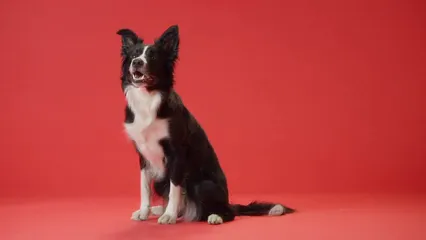
Summary of Key Points
Neutering is a significant decision for any dog owner, and recognizing when it’s time to consider this option is crucial. Below are the key points to keep in mind:
- Behavioral Changes: Observe your dog for increased aggression, excessive marking, or humping. These behaviors often stem from high testosterone levels and can be managed through neutering.
- Urge to Roam: Unneutered males may exhibit a strong desire to escape in search of a mate, putting them at risk of accidents or getting lost.
- Health Risks: Neutering eliminates the risk of testicular cancer and significantly reduces the chances of prostate issues in male dogs.
- Population Control: Neutering helps reduce the number of unwanted litters, contributing to responsible pet ownership and community welfare.
- Consultation with Vets: Always engage with a veterinarian to discuss the best timing and approach for neutering based on your dog’s age, breed, and health.
These points highlight the importance of neutering in promoting not only your dog’s well-being but also the overall health of the pet community. And speaking of health, don’t forget about their dental care! Check out Vet’s Best Dog Toothpaste for a fresh and happy mouth!
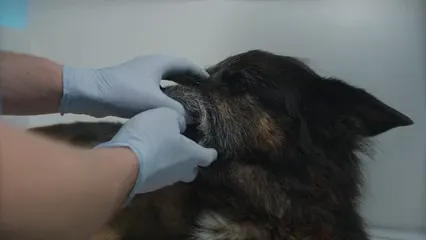
Signs Your Dog Needs to Be Neutered
1. Excessive Marking
Marking is when a dog deposits a small amount of urine on specific spots regularly. This behavior, driven by testosterone in the urine, communicates with other dogs. While outdoor marking is often harmless, some dogs bring this behavior indoors, causing household frustration and stained furnishings. If your dog seems to have turned your home into a personal restroom, it might be time for a chat with the vet.
2. Straying or Roaming
Unneutered dogs may attempt to escape in search of a female in heat, which can put them in dangerous situations. If your dog frequently tries to escape, neutering might be beneficial. Neutering reduces the hormones driving this behavior, ensuring your dog’s safety from potential dangers like traffic accidents or theft. Imagine your dog playing hide-and-seek with traffic—definitely not the fun kind!
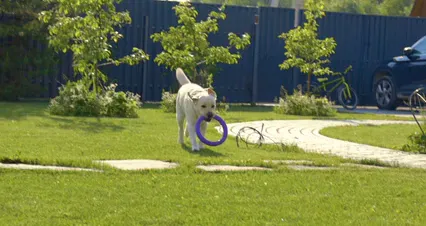
While we’re on the topic of keeping your dog safe, consider getting a PetSafe Easy Walk Dog Harness. This harness helps reduce pulling and makes walks much more enjoyable for both you and your pooch!
3. Humping or Mounting
Mounting behaviors, especially towards toys or people, indicate the need for neutering. Such actions can lead to complications like paraphimosis. Schedule a visit with a veterinarian if you observe this, as it can become a learned behavior. If your dog is treating every guest like a potential mate, it’s high time for a snip!
4. Aggression
Unneutered males may show increased aggression towards other dogs and even humans due to heightened testosterone levels. Neutering can help manage and reduce such aggressive behaviors in canines. If your dog is channeling their inner Hulk, it’s worth exploring neutering as a solution to dial down the drama. For more on managing aggressive behavior, check out this article on understanding and managing dog aggression towards strangers.
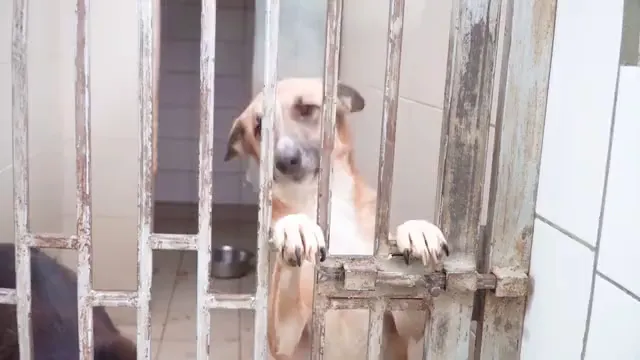
Understanding and managing your dog’s aggression is crucial for their well-being. Learn more about it here.
Understanding Neutering
What Is Neutering?
Neutering, also known as castration, is a surgical procedure that involves removing a male dog’s testicles. By doing this, we prevent reproduction and lower testosterone levels. This reduction can help manage various behavioral issues, such as aggression and territorial marking. If your dog is full of testosterone-fueled antics, neutering might just be the ticket to a calmer companion.
Benefits of Neutering
- Health Improvements: Neutering reduces the risk of testicular cancer and prostate issues. It’s like giving your dog a health insurance policy against certain cancers.
- Behavioral Management: Many behavioral problems can stem from high testosterone. Neutering can curb excessive humping, aggression, and even marking. It’s like turning down the volume on your dog’s inner rock star!
- Community Welfare: Neutering plays a crucial role in controlling the pet population. Fewer unwanted litters mean fewer strays on the streets. It’s a win-win for both your dog and the community!
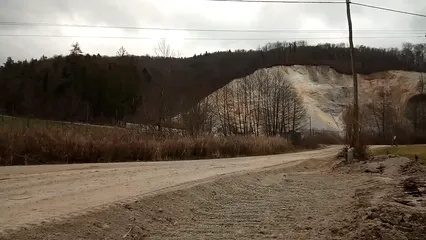
And while you’re working on your dog’s behavior, consider investing in some fun and engaging toys, like the ZippyPaws – Burrow Squeaky Hide and Seek Plush Dog Toy. It’s perfect for keeping your dog entertained and mentally stimulated!
When to Neuter Your Dog
Recommended Age
Timing is everything when it comes to neutering. The ideal window typically falls between 6 to 12 months. However, factors like breed, size, and health conditions can influence this timeframe. For larger breeds, waiting until they are 12 to 18 months might be advisable.
Puppies are often neutered before they reach sexual maturity, which helps prevent unwanted behaviors from developing. Discussing the best timing with your veterinarian ensures that your decision aligns with your dog’s unique needs.

Consultation with a Veterinarian
Always engage in an open conversation with your veterinarian about neutering. They can provide insights tailored to your dog’s breed, size, and health history. Consulting with a professional helps ensure that the timing and approach you choose will yield the best outcomes for your furry friend’s health. After all, your pup deserves the best care possible!
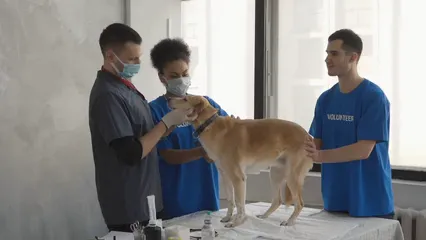
And while you’re at it, consider how your dog eats! With the PetSafe Healthy Pet Gravity Feeder, you can ensure your dog has access to food throughout the day without overindulging!
Post-Neutering Care
Recovery Process
After your dog undergoes neutering, expect a few days of recovery. Your pup might feel groggy or disoriented post-surgery. That’s normal! They need plenty of rest. Create a cozy, quiet space for them to relax. Limit their activity for at least a week. Jumping, running, or playing can strain their stitches—yikes!
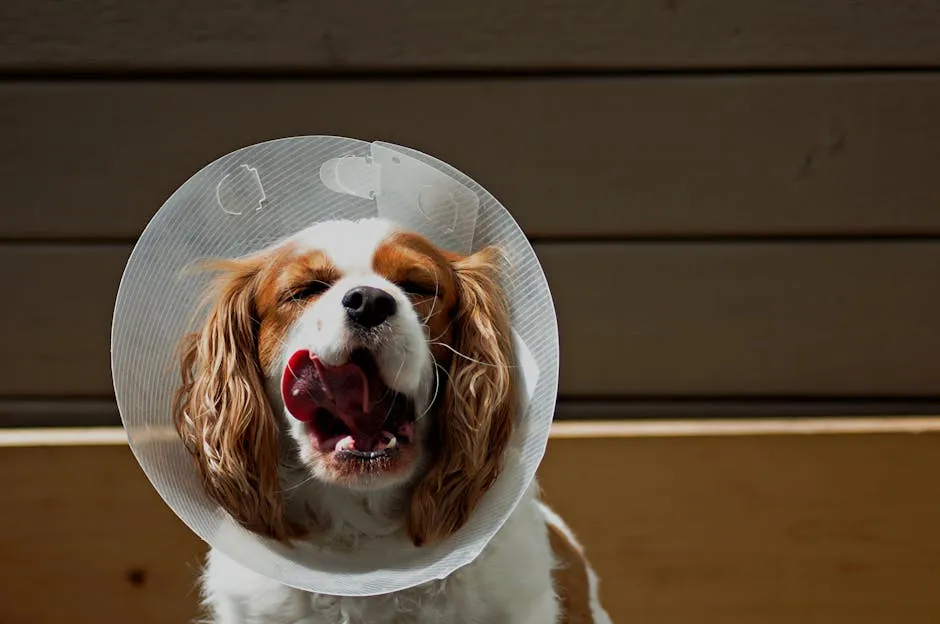
Dietary changes may also be necessary. Your vet might recommend a lighter diet initially. Keep an eye on their appetite. If your dog refuses to eat for more than a day, give your vet a call. Monitoring the surgical site is crucial. Look for signs of swelling, redness, or discharge. Any of these could indicate infection, which is no fun for anyone involved.
Most dogs bounce back quickly and are back to their playful selves in no time. Just remember, patience is key. Your dog will appreciate your loving care during their recovery! And while they’re resting up, consider getting a PetFusion Ultimate Dog Bed. It offers comfort and support during their recovery, ensuring they rest well!

Behavioral Expectations
Post-neutering, you might notice some behavioral changes in your dog. Initially, they may seem a bit off—like they’ve lost their swagger. This is normal as their hormone levels adjust. Some dogs become calmer and less anxious, while others may take a little longer to settle down.
Be patient during this adjustment period. Your dog might display a decrease in humping or marking, which is a win for everyone! However, it’s important to continue training and providing structure. Some behaviors may still linger, especially if they were established before the procedure.
Keep in mind that neutering doesn’t change your dog’s personality. They’ll still be the lovable companion you know and adore. Just with fewer urges to wreak havoc! And while you’re at it, make sure you’re equipped for any messes with Arm & Hammer Pet Stain & Odor Eliminator. It’s a lifesaver for keeping your home fresh!
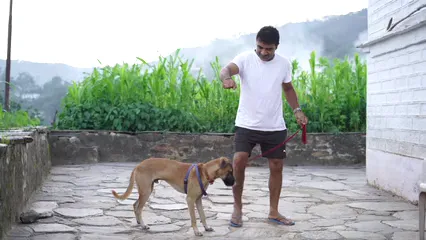
FAQs
What are the benefits of neutering my dog?
Neutering your dog comes with a multitude of benefits that can improve their health and your relationship. First, it reduces the risk of testicular cancer and prostate issues. This is like giving your dog a protective shield against certain health concerns. Behavioral, neutering helps manage aggression and reduces marking tendencies. It’s a win-win! Dogs often become calmer and more sociable after the procedure. Plus, you’ll notice they’re less likely to roam in search of a mate, keeping them safe from accidents. Let’s not forget community responsibility! Neutering helps control the pet population, reducing the number of unwanted litters. By neutering, you’re playing a part in preventing overcrowded shelters and giving every pup a better chance at a loving home. So, think of neutering as a smart move for both your dog and the furry friends around them!
Are there risks associated with neutering?
Like any surgery, neutering carries some minor risks. Most procedures are straightforward and performed under general anesthesia, but it’s essential to be aware of potential complications. Some dogs may experience inflammation or infection at the surgical site, which is usually manageable with proper post-operative care. Anesthesia also comes with its own set of risks, although they are minimal in healthy dogs. Your vet will assess your pup’s overall health before the procedure to minimize any concerns. So, while there are some risks, they’re generally outweighed by the benefits. With the right care, most dogs recover quickly and are back to their playful selves in no time!
What is the best age to neuter a male dog?
Timing is key when it comes to neutering. Most veterinarians recommend neutering male dogs between six and nine months old. However, larger breeds may benefit from waiting until they are between 12 and 18 months. This allows them to fully develop both physically and behaviorally. Every dog is unique, so consulting your vet is essential. They can provide personalized recommendations based on your dog’s breed, size, and overall health. Remember, the right age can help ensure that your furry friend enjoys a healthier and happier life!
What happens if you don’t get a male dog neutered?
Failing to neuter your male dog can lead to a range of behavioral and health issues. Unneutered dogs often exhibit undesirable behaviors, such as excessive marking, roaming, and aggression. Those testosterone levels can turn your sweet pup into a territorial tyrant! Health-wise, intact males are at a higher risk for testicular cancer and prostate problems. Not only can these conditions be serious, but they can also lead to costly veterinary bills. Additionally, intact males may be more prone to wandering off in search of a mate, putting them in dangerous situations. So, keeping your dog intact might just lead to a whirlwind of trouble that could have easily been avoided.
How long does recovery take after neutering?
Recovery from neutering typically takes about two weeks. Most dogs will bounce back quickly, but it’s essential to monitor their activity during this time. Your pup will need a cozy, quiet space to rest and recuperate, away from jumping or running around. Vets often recommend limiting exercise for about seven to ten days post-surgery. Keep an eye on the surgical site, looking for signs of swelling or redness. If everything goes smoothly, your dog will be back to their playful self before you know it! And don’t forget, a little extra love and attention during recovery can make all the difference in their healing journey.
Please let us know what you think about our content by leaving a comment down below!
Thank you for reading till here 🙂 And don’t forget to check out the Dog First Aid Kit to be prepared for any emergencies with your furry friend!
All images from Pexels





